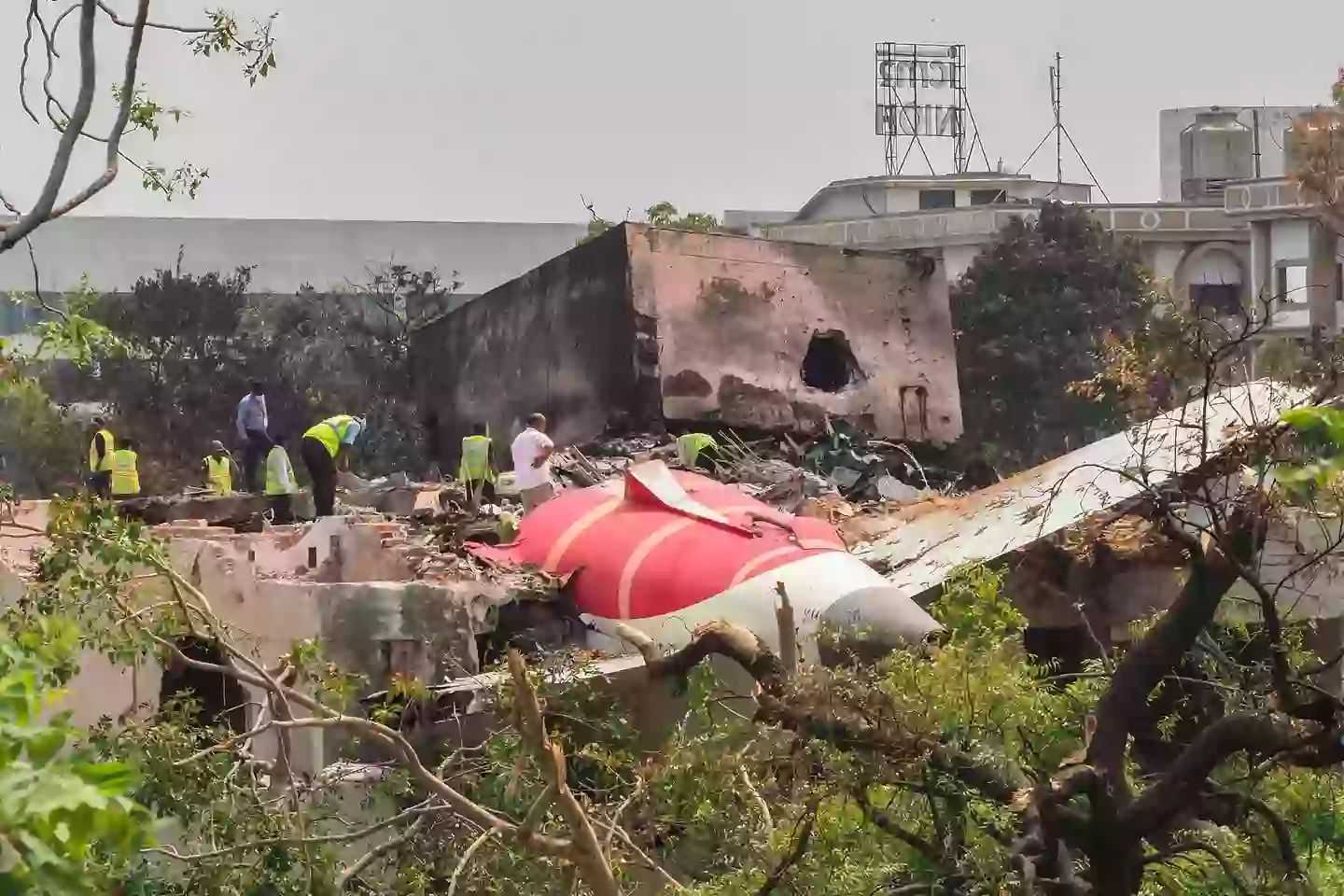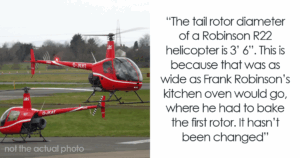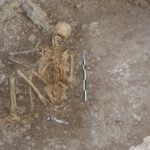Unseen Air India Crash Footage Reveals Chilling Clues Behind Deadly Disaster with 242 Onboard
So here’s the thing — when tragedy strikes something as massive as Air India Flight AI171, which tragically killed all but one of its 242 passengers and crew shortly after takeoff from Ahmedabad, everyone’s desperate to understand why. Now, hold on — what if I told you that an eagle-eyed aviation expert, Captain Steeeve, spotted a tiny, almost laughably small detail in grainy, recently surfaced footage that might just flip the entire investigation on its head? Imagine a little grey dot and a curious protrusion beneath the wing signaling a full-blown dual engine failure — kind of like a secret emergency backup springing to life in the worst possible moment. It’s almost cinematic in its irony, isn’t it? An ultra-high-tech Boeing 787’s Ram Air Turbine (RAT) kicking in at 625 feet, sounding like a tiny prop plane soaring past — a desperate mechanical scream for help that wasn’t meant to be heard quite so low. What’s the story behind that? Is this tiny detail really the key to unlocking the cause — or just another twist in an already heart-wrenching saga? Buckle up, because this tale is as complicated as it is tragic, and while official answers are still pending, Captain Steve’s theory is making waves you don’t wanna miss. LEARN MORE
An aviation expert says that shocking new footage of the Air India flight shows why it crashed after take off.
The plane carrying 242 passengers and crew went down on Thursday (12 June), killing all but one person on board.
Air India Flight AI171 was bound for London Gatwick when it set off from Ahmedabad in western India but lost signal and issued a Mayday call within a minute of taking to the air. It had only climbed to 625 feet before crashing into a hostel for doctors and medical students.
Having shared his suspicions over what caused the tragedy, commercial airline pilot and crash analyst Steve Schreiber says this new footage indicates what went wrong.
Known as ‘Captain Steeeve’ to his YouTube followers, he says a ‘tiny detail’ in the video is a ‘total game-changer’.

All but one of the 242 on board were killed. (SAM PANTHAKY/AFP via Getty Images)
Emerging in the days since, the video is somewhat of a higher quality and from watching it, Schreiber now believes the aircraft experienced a dual engine failure.
Beneath the plane’s right wing, he reckons there is a ‘protrusion on the belly of the aircraft’ with a ‘little grey dot’ just beneath it.
Captain Steve says this is an indication that the Boeing 787 Dreamliner’s Ram Air Turbing (RAT) had been activated.
“Many airplanes have it,” he states. “It is just behind the wing on the right side of the airplane, there is a little door that holds it in.
“It looks like a little Evinrude motor, it’s a little two-bladed prop. Its function is to provide electrical and hydraulic pressure for the aircraft in an extreme emergency.”
Schreiber says that on this type of aircraft, the RAT is automatically deployed under one of three conditions: “A massive electrical failure, a massive hydraulic failure or a dual engine failure.”
And he believes the ‘protrusion’ and grey dot were visual evidence of it being put in place.
“That little grey dot is the RAT,” he explains. “The protrusion is the door that opened to allow the RAT to come down.”
Plus, he reckons the sound from the video further backs it up as he adds: “A RAT makes a unique sound, it sounds like a propeller airplane going by, or a real high-pitched squeal. It is essentially spinning at the speed of sound to generate the energy, electrical and hydraulic that it needs to.
“If you weren’t looking at it, it sounded like a single-engine prop airplane just flew by.”
While it is intended to help planes in the event of an engine failure, analyst points out that the RAT is not ‘designed’ to be deployed at such low altitude ‘but it is evidence’ for what caused the incident.
He summarises: “It is evidence for us it was dual engine failure, most likely. It could have been electrical issue, it could have been hydraulic issue, it could have been either one of that. But I think the fact the aeroplane is mushing out the sky gives the idea it was a dual engine failure.”
Captain Steve’s comments remain to be a theory and Air India is yet to confirm a cause.
















